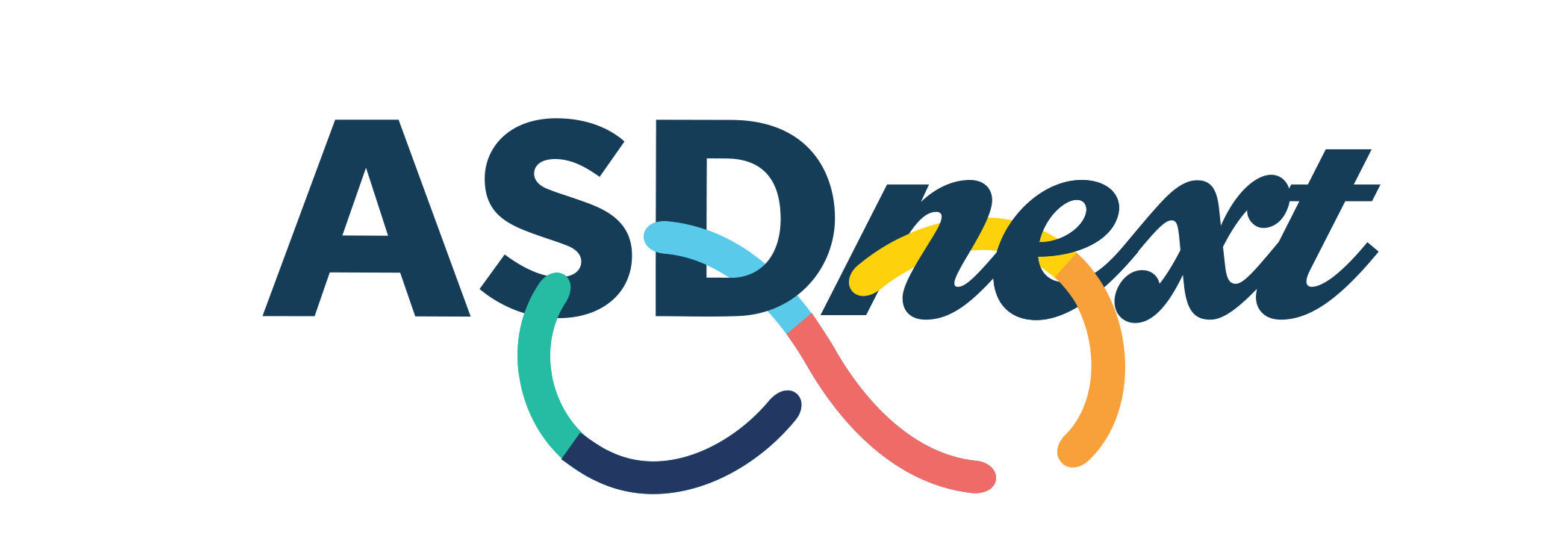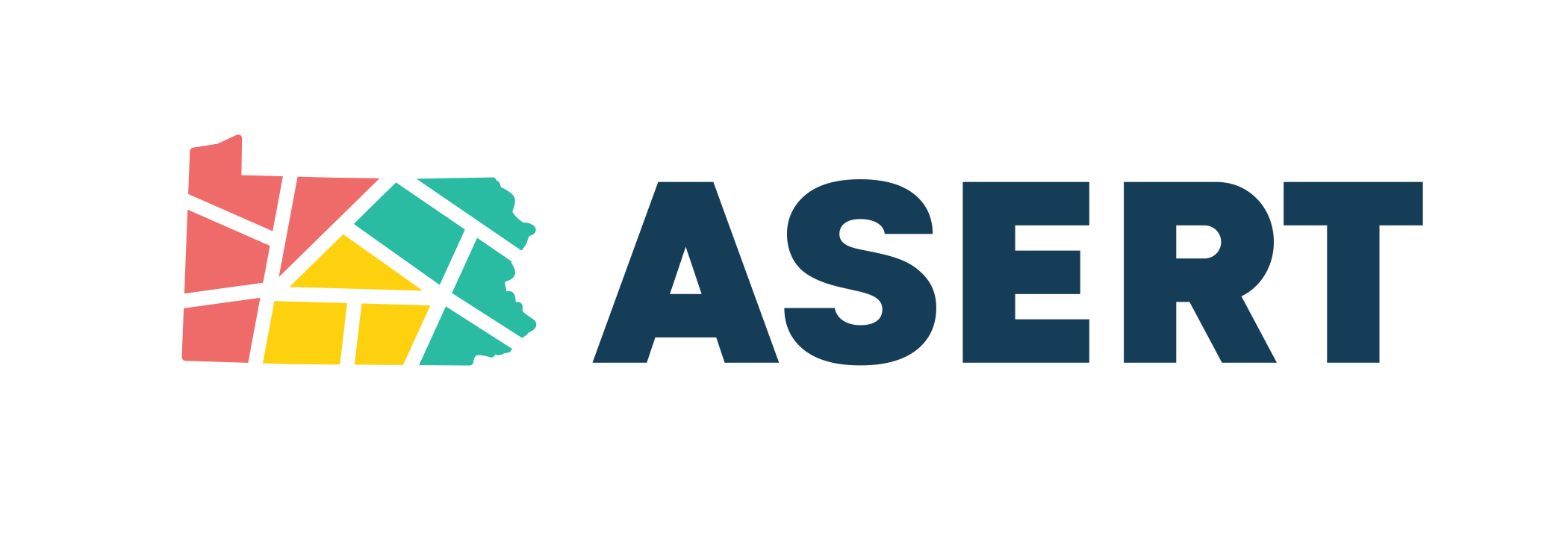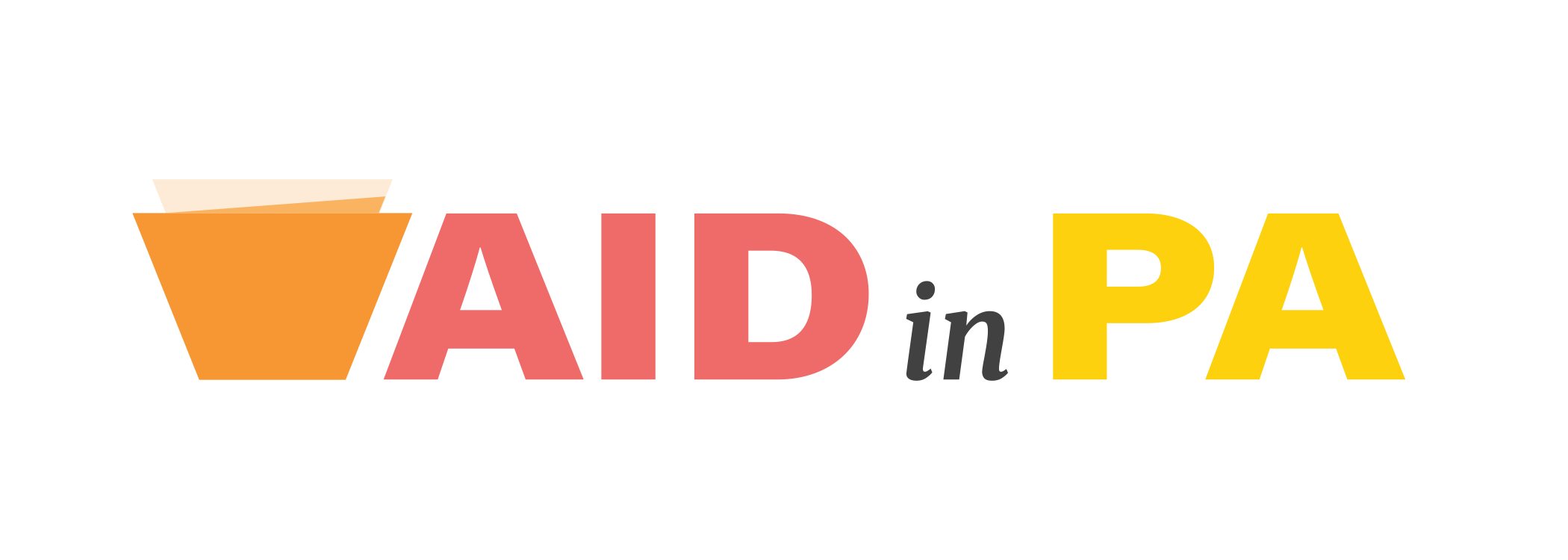Positive Approaches Journal, Volume 10, Issue 2
Hogan | 10-18

Volume 10 ► Issue 2 ► August 2021
Effectively Utilizing the Space Between What Was
and What Will Be
Francine Hogan
Summary
Life transitions can bring excitement, possibilities, and sometimes uncertainty and anxiety. Transition planning must start early, utilize a Person-Centered approach, solidify support, define the vision, and be as unique as the person transitioning. Person-Centered Planning can take place at any time in a person's life. It is best done before transition services are determined1. This all sounds good in theory, but putting it into practice can be more complex, especially during the unprecedented times of the COVID-19 pandemic. That is why the approach must be collaborative, flexible, and accessible to everyone. The LifeCourse Framework gives us everything we need to plan, implement, and sustain a successful transition. The Charting the LifeCourse framework was developed to help individuals and families of all abilities and all ages develop a vision for a good life, think about what they need to know and do, identify how to find or develop supports, and discover what it takes to live the lives they want to live.
“Begin with the End in Mind” is habit number two in Stephen Covey’s book “7 Habits of Highly Effective People2.” Many of us remember the impact Covey’s book had on business and management, but his book is more than that. It truly puts forward his theories in the form of a series of habits explaining the steady progression moving from dependence toward independence and finally to interdependence. To begin with the end in mind helps us understand how to plan for any transition.
“Begin with the End in Mind means to start with a clear understanding of your destination. You need to know where you are going in order to better understand where you are now so that the steps you take are always in the right direction2.” – Dr. Stephen R Covey
Transition is defined as movement, passage, or change from one position, state, stage, subject, or concept to another3. We all experience multiple transitions throughout our lifespan. For people with disabilities and their families’ transitions are particularly complex.
Traditionally, when we think of transition, we think of the major life changes such as Early Intervention to school, high school to adulthood, and adulthood to old age. Most recently, as a society we have experienced significant events that have caused us to think about what reintegration looks like post-pandemic. Where were we before COVID-19? Where are we now? Where do we want to go? All familiar questions when we plan for transitions. Transition planning is a process that help us decide what comes next and how we get there; it is more than just a hopeful exercise or brainstorming session. This process is a thoughtful set of activities, experiences, supports, and services that must start with a vision.
Successful transition necessitates the need to use the practices of a Person-Centered Planning tool, such as the LifeCourse Framework 4.
Charting the LifeCourse is a framework created to help
individuals and families of all abilities and ages develop a vison for a good
life, think about what they need to know and do, identify how to find or
develop supports, and discover what it takes to live the life you desire. Once
the principals and foundations of the Framework are understood, it can be used
and applied by anyone to plan or solve a problem.
The first step in using LifeCourse to plan for a transition is for a person to develop a vision of what they want and do not want in life. For this, it is important to consider all areas of the person’s life, also known as the 6 Life Domains (pictured below).
For example, when planning for life after high school, a person and their family should think about where they will live, how they will spend their day, how they will stay safe and manage money, how will they build friendships and community connections, and what role will they take in their own self-determination and in their community. Equally important are their personal strengths and assets, what is important to them and how to best support them. First, consider a person’s past experiences and opportunities. Which ones brought them closer to their vision? Those are the experiences that should be built upon or repeated in the future. Then, think about the ones that have led them away from what they want. Those experiences are lessons and should be acknowledged, so they can be avoided in the future.
It is paramount that everyone involved in this process assumes competence and has high expectations for the person at the center of the plan. Remember, experiences shape expectations and expectations shape experiences. A few negative outcomes should not be a life sentence for a person. For example: Stocking shelves at the local pharmacy might have been unsuccessful for a transition age student. It might have caused challenging behaviors, property destruction, and maybe even aggression toward others. That outcome does not mean the student is not employable. It just means that it was not the right fit. Keep expectations high and assume competence. Learn from the experience and try again.
We all access an array of integrated supports to achieve our
vision. The LifeCourse Framework helps us understand how we can have the
services and supports we need, when and where we need them. These integrated
supports can be privately or publicly funded and based on eligibility,
community supports that are available to anyone, relationship-based supports,
technology, and most important the strengths and personal assets of the person
at the center of the plan.
Using this Framework, we will present a transition case study and demonstrate how using the LifeCourse Framework resulted in a smooth transition and transformational change.
Case Study
Using Charting the LifeCourse to Transition Back to Services
Summary
JB is a 32-year-old who experiences an intellectual disability and autism. Prior to the COVID-19 pandemic (up to March 2020), JB attended a day program that provided Community Participation Support. JB’s day-to-day life during the height of the pandemic was isolating and frustrating. JB’s mom knew something had to change. Through mentoring sessions with the Pa Family Network, JB and his team were able to plan a transition back to community activities and to reimagine how he received services.
Background
Prior to COVID-19 JB attended a day program full time and lived at home with his mom. It was reported that he enjoyed the activities and had many friends. Up to the time of COVID-19 shutdowns, there seemed to be no reason to do anything different. That all changed in March of 2020. Some remote supports were provided, but they were not the right fit for him. His mom and Behavior Specialist reported that due to the changes in routine, days of inactivity, and loss of connections, JB was regressing, and had begun communicating his feelings through challenging behaviors. His mom took leave from her essential job to help him through this difficult time, but she knew this could only be temporary. The sudden closing and intermittent openings of the program created too much uncertainty for JB and his mom. JB’s mom reached out to the Pa Family Network after attending a LifeCourse workshop. She requested a mentoring session in hopes of using LifeCourse to think about JB’s life differently, and ultimately to inform their long-term planning efforts. Over a series of 3 sessions, JB had a complete LifeCourse Portfolio and an innovative plan develop.
What We Learned
Through the journey of our LifeCourse mentoring we learned JB is a social and engaging individual who struggles with language. JB is making progress using an icon exchange app on his iPad. It is important to him to watch sports, go to the gym, keep his things in order, stay occupied, and spend time with his older brother, sister-in-law, and his nephew. It is important for JB to have his wants and needs understood and honored, to have choices, stay safe while out and about, keep busy, and try new activities. His vision is to play sports, spend time with his friends and family, be healthy, have muscles, and make money. His mom added that she knows from her experiences that he wants choice and control. His mom added she wants a more reliable, person-centered approach to his services and for him to learn to do more for himself. He does not want uncertainty, chaos, or to be bored.
Some activities and opportunities on JB’s LifeCourse Trajectory include moving his communication app to his phone for convenience, gym membership, having a first-time job experience related to sports/gym, community volunteer opportunities, self-directing some of his services, building independent living skills, keeping in touch with friends from day program, and attending local sporting events. JB has many paid and unpaid supports available to help him achieve his vision. Some of these supports are his mom, brother, friends, Supports Coordinator, and church friends. Community supports include the local gym, high school sports, church, physical therapy practice, library, rock wall gym, AAA baseball team, “Community on the Move” committee, and multiple hiking/walking trails. He is skilled with the use of computers, iPad, iPhone, and can stay on Zoom for about 15 min. JB is a good problem solver, he is organized, likes things clean, he is friendly and enjoys new adventures. Eligibility related services include waiver, supports coordinator, employment services, gym membership, and Social Security Income (SSI).
Case Outcome
JB now attends his day program 2 mornings per week to keep in contact with old friends. Three afternoons per week, he uses Advanced Supported Employment services to support him with his job tasks at the local physical therapy practice and the gym. Both businesses found it hard to keep the equipment clean and organized, so JB’s employment supports provider helped the businesses create a job that was beneficial to all parties. Then, three mornings per week he focuses on developing independent living skills using In-Home and Community Supports. He is learning to vacuum the house, take out the trash, wipe down the counters, and prepare his preferred meals in the microwave. The rest of the time his staff assists him to volunteer, attend “Community on the Move “meetings to plan their 5K, explore trails, parks, and other community locations where he can learn community safety skills, exercise, and meet more neighbors. JB’s mom is his surrogate and utilizes the Supports Broker Service, which is designed to assist with some of the tasks related to self-directing waiver services. The Supports Broker is helping them to shape JB’s new self-determined everyday life. They are successfully using a traditional provider model and self-directing other services to help JB achieve his vision. JB’s mom is also confident that if there are more shutdowns his life will not be shut down with the system. She is managing staff that is trained well, connected to JB, and can continue helping JB work toward his goals even if everything is closed. JB and his mom have indeed experienced transformational change.
What if we raise our expectations of transition planning and instead of expecting simply transitional change we strive for transformational change? Dr. Erik Carter’s research: What Matters Most5 tells us that “the most powerful force for changing transition outcomes, in young people with significant disabilities, is not ultimately found in the transition plans we craft, the educational services we offer, the instruction we provide, or the systems we build, but rather in the expectations and aspirations individual parents hold for their sons and daughters.”
Life transitions require careful
planning, coordination, and communication, but we can achieve real
transformational change when we add the high expectations of everyone involved.
If you or your loved one experiences an intellectual disability and/or autism
and need assistance with planning or problem solving contact the Pennsylvania
Family Network.
The bridge we build, between what was and what
will be, should be a sound structure leading to the life you desire.
References
1. Person Centered Planning Can Take Place. Pacer’s National Parent Center on Transition and Employment website. www.pacer.org/transition/learning-center/independent-community-living/person-centered.asp. Accessed August 19, 2021.
2. Covey SR. Begin with the end in mind. 7 Habits of Highly Effective People. Free Press, 1989.
3. What Does Transition Mean? New York State Multiple Systems Navigator website. https://www.msnavigator.org/transition-to-adulthood/transitions-big-picture/what-does-transition-mean. Accessed August 19, 2021
4.
LifeCourse
framework. University Missouri -Kansas City Institute for Human Development
website. https://www.lifecoursetools.com/lifecourse-library/lifecourse-framework/. Published 2010.
Accessed August 19, 2021
5. Carter EW. What matters most: Research on elevating parent expectations. Institute for Community Inclusion. http://supportstofamilies.org/wp-content/uploads/parent-expectations_D21.pdf. Published 2015. Accessed August 19, 2021.
Biography
Francine Hogan has been involved with the disability field for over 19 years. Her advocacy work began when her now 21-year-old son Michael was diagnosed with an intellectual disability, autism and Tourette syndrome. Francine is an experienced presenter, locally and nationally, on multiple disability systems and topics. Currently, Francine is the Director of the Pa Family Network for Vision for Equality and a LifeCourse Ambassador. She oversees the operations of this statewide initiative, which helps families navigate systems, plan, network, and identify the services and supports their loved ones need to lead an everyday life. In this capacity she also serves as a Statewide Lead for the Pa Community of Practice for Supporting Families throughout the lifespan.
Contact Information
Francine Hogan, Director
Pa Family Network at Vision for Equality
1007 N Front Street, Suite 1N ~ Harrisburg, PA 17102
844-723-2645 ~ www.visionforequality.org




